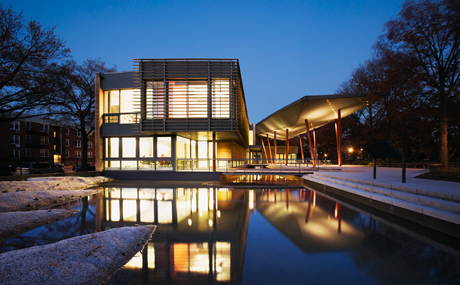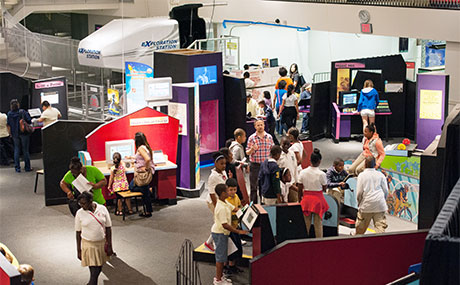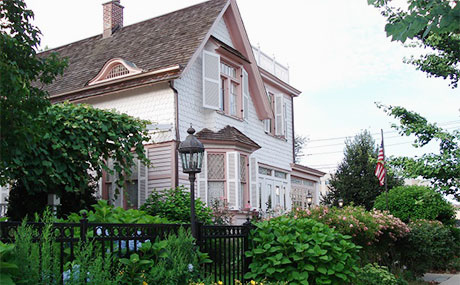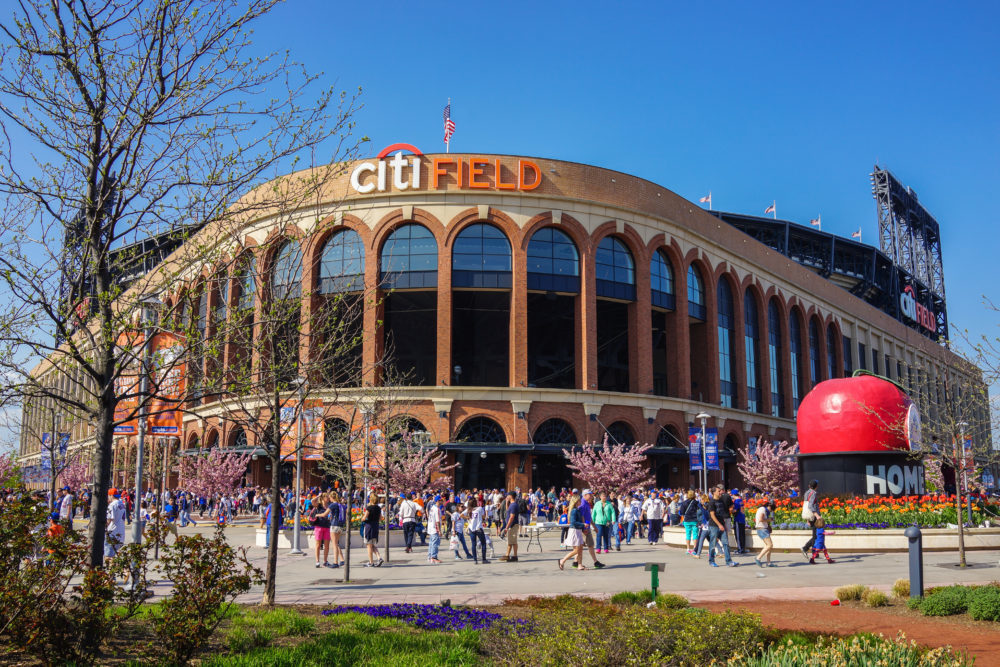
USTA Billie Jean King National Tennis Center
Here, the year’s marquee event is, of course, the US Open, commences every August and ends in September at the main court, Arthur Ashe Stadium.
In the mind of the tourist, tourism is all about tourist attractions. Although it is true that tourist attractions as physical entities do not have a special ability to physically draw tourists to them, it is also true that without tourist attractions there would be no tourists. Aside from tourists themselves, attractions are the most visible, the most iconic, and the most central component of the tourism system. And although most tourist attractions have a tangible existence, what makes them attractive to tourists exists more in the mind and imagination of the tourist than in their physical manifestation. For want of a simpler conceptualization, the chapters that comprise this part of the book focus on the attractions that influence the tourist decision to seek specific destinations and experiences. Such as the case for Flushing, Queens.

Here, the year’s marquee event is, of course, the US Open, commences every August and ends in September at the main court, Arthur Ashe Stadium.

Originally created as an exhibition for the 1939–40 World's Fair, the Queens Botanical Garden's 39 acres of woodlands, wetlands, meadows and gardens make up an excellent escape from the bustle of city life. In the spring, visitors from far and wide come to see the blossoming dogwood, magnolia and cherry trees. The Rose Garden, Fragrance Walk and Perennial Garden are also popular attractions, and birding walks are offered throughout the year.

At 897 acres, Flushing Meadows Corona Park provides plenty of room for games and one-of-a-kind attractions. A great starting place is the Unisphere; the 12-story globe was the icon of the 1964–65 World's Fair and has since become an icon for the entire borough.

Unique in both scale and mission, the Voelker Orth Museum is a single-family home and property turned urban garden and bird sanctuary. The museum's meticulously maintained grounds are a living record of a Victorian-era garden.

In 1943 Louis Armstrong purchased this modest-size house in Corona with his wife, Lucille, and lived there until his death, in 1971. It now serves as a museum that honors and preserves the jazz legend's legacy. Among the largest public jazz archives in the world, the museum's collection includes homemade reel-to-reel recordings, rare photographs, letters and manuscripts, and Armstrong's own instruments (among them, five trumpets and 14 mouthpieces).

Housed in the storied Kingsland Homestead, the Queens Historical Society preserves the borough's 300-year history through photographs, historical documents and art. The museum's collection, which ranges from handwritten letters from the 1700s and daguerreotype photos from the 1850s to sculptures and paintings from the 20th century, paints a vivid portrait of the broad experiences of the borough's residents.

Citi Field has been the home of the New York Mets since the spring of 2009. In addition to the action on the field (2.5 acres of 100% Kentucky bluegrass), there's plenty to see and eat here. Open on game days, the Mets Hall of Fame and Museum, located next to the rotunda, has an extensive collection of team memorabilia on display, including Tom Seaver's 1967 Rookie of the Year award.

This stately 1862 building in the Romanesque Revival style—one of the few still standing in the area—is home to the Flushing Council on Culture and the Arts. Its art gallery, classroom and 308-seat theater host classical, jazz and world music concerts, theater and dance performances, art exhibitions and educational events throughout the year.